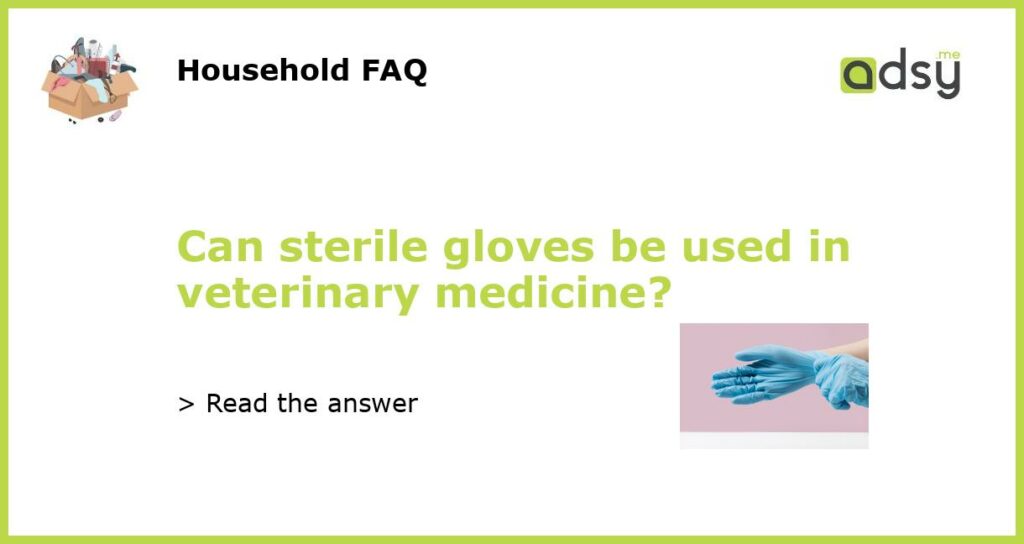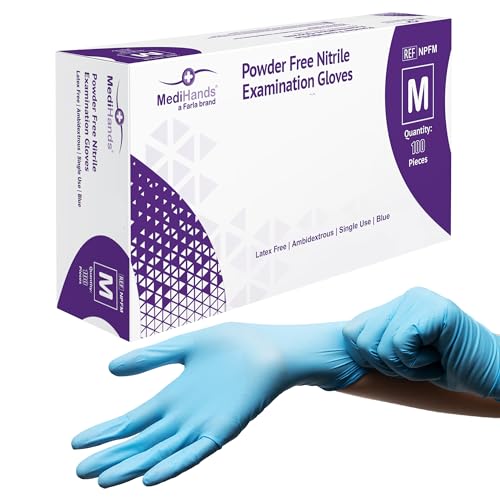Yes, sterile gloves can be used in veterinary medicine
Veterinary medicine is a branch of medicine that deals with the healthcare of animals. Just like in human medicine, the use of sterile gloves is crucial in veterinary medicine to ensure the safety of both the veterinarian and the animal. Sterile gloves are used to prevent contamination and infection during surgical procedures or when handling animals with infectious diseases. In this article, we will explore the reasons why sterile gloves are important in veterinary medicine, their role in preventing the spread of diseases, and the different types of gloves that are commonly used in veterinary practice.
The importance of sterile gloves in veterinary medicine
In veterinary medicine, the use of sterile gloves is essential to maintain sterile conditions during surgical procedures. Sterile gloves provide a barrier between the veterinarian’s hands and the surgical site, preventing contamination that could lead to infections. By wearing sterile gloves, veterinarians can minimize the risk of introducing bacteria or other microorganisms into the animal’s body, thereby promoting a faster and safer recovery.
Preventing the spread of diseases
Veterinarians often come into contact with animals that may carry infectious diseases. By using sterile gloves, vets can protect themselves and prevent the spread of these diseases from animals to humans. Some examples of diseases that can be transmitted from animals to humans include rabies, leptospirosis, and salmonellosis. Sterile gloves act as a physical barrier and reduce the likelihood of direct contact with infected bodily fluids such as blood or saliva.
Types of gloves used in veterinary practice
There are several types of gloves that are commonly used in veterinary practice. These gloves can be classified into two main categories: sterile and non-sterile gloves. Sterile gloves are used during surgical procedures or when handling open wounds. They are individually packaged and are made from materials that have been sterilized to kill any microorganisms present. Non-sterile gloves, on the other hand, are used for routine tasks that do not involve direct contact with bodily fluids. These gloves are disposable and can be made from latex, nitrile, or vinyl.
In conclusion, the use of sterile gloves in veterinary medicine is essential for the safety of both the veterinarian and the animal. Sterile gloves help prevent contamination and the spread of infectious diseases, ensuring a faster and safer recovery for the animal. In addition, different types of gloves, both sterile and non-sterile, are used in veterinary practice depending on the task at hand. By following proper hygiene protocols and wearing appropriate gloves, veterinarians can provide the best care possible for their animal patients.






